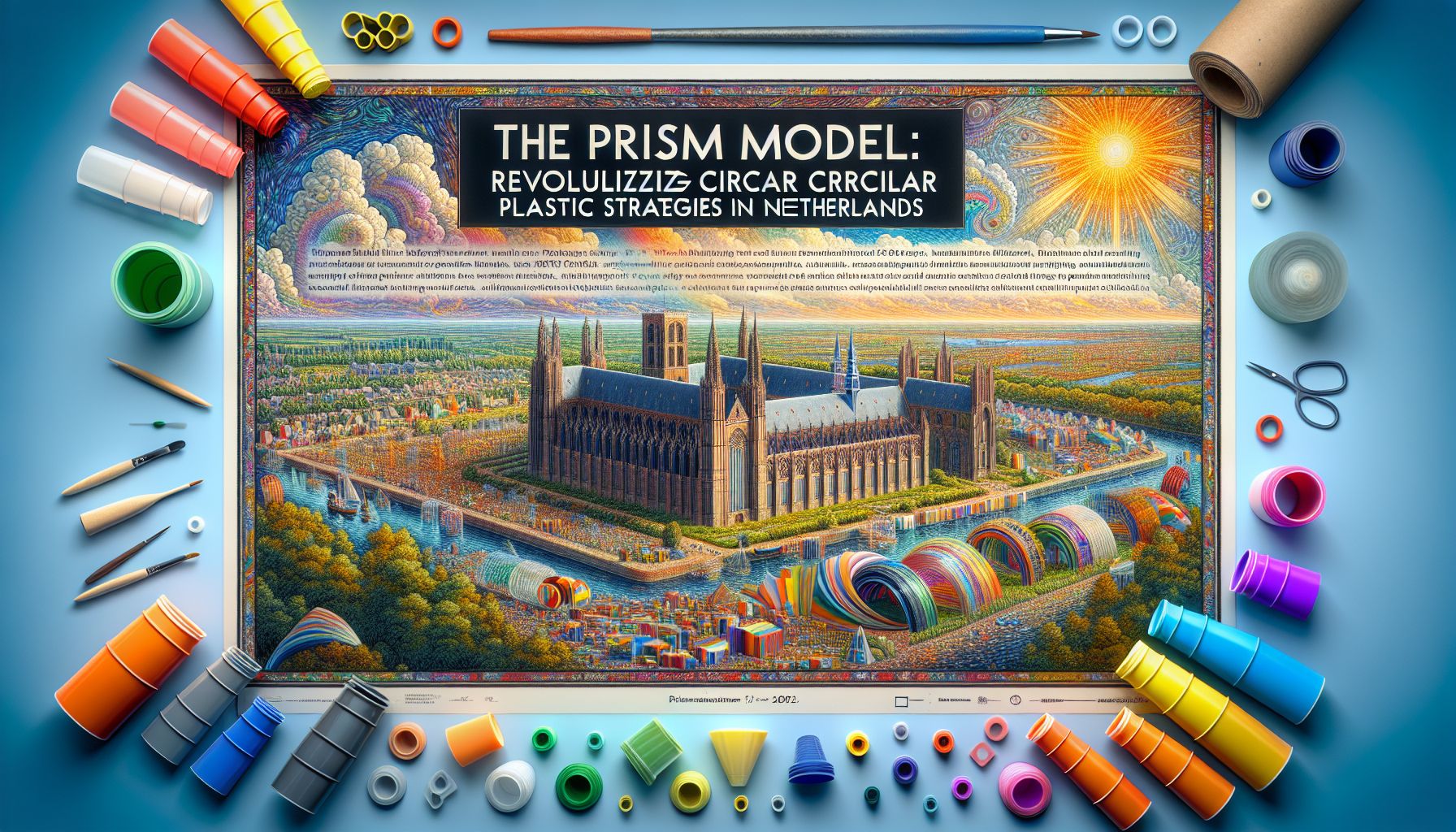PRISM Model: Revolutionizing Circular Plastic Strategies in the Netherlands

Delft, Wednesday, 4 September 2024.
TNO’s PRISM model offers groundbreaking insights into the plastic value chain, focusing on recycling and circular strategies. This innovative tool aims to accelerate the Netherlands’ transition to a sustainable plastic economy by 2050, potentially reducing packaging-related greenhouse gas emissions by 62% and material use by 67%.
The PRISM Model and Its Role
The PRISM model, developed by TNO, stands as a pivotal innovation in the quest for a circular plastic economy in the Netherlands. By meticulously analyzing the plastic value chain, PRISM provides comprehensive insights into recycling processes and circular economy strategies. This model is designed to assist businesses and policymakers in making informed decisions to transition towards a more sustainable approach to plastic use.
Addressing the Growing Demand for Packaging
The urgency for such a model is underscored by projections indicating a 17% increase in the demand for consumer packaging between 2022 and 2050 if current consumption patterns persist. Presently, a staggering 55% of packaging materials are not processed, with only a small fraction being reused. This highlights the necessity for robust circular strategies to manage the escalating environmental impact of packaging waste.
Potential Environmental Impact
PRISM’s analyses suggest that an optimal circular scenario could significantly mitigate environmental damage. By focusing on strategies such as ‘refuse’ and ‘reduce,’ the model predicts a potential reduction of greenhouse gas emissions from packaging by 62% and a decrease in material use by 67%. These figures underscore the transformative potential of adopting circular economy principles in the plastic sector.
Technological Innovations and Challenges
Achieving these ambitious goals hinges on the development and implementation of new recycling technologies. Chemical recycling, for instance, is essential for removing contaminants from plastic waste, although it may pose challenges due to its potentially higher CO2 impact. The PRISM model incorporates various recycling technologies and provides a framework for assessing their feasibility and impact.
Policy Support and Future Directions
For the PRISM model to realize its full potential, supportive policies are crucial. TNO emphasizes that achieving nearly 87% recycling efficiency is technologically feasible if losses are minimized and appropriate policies are in place. These policies would need to address the entire plastic lifecycle, from design to disposal, ensuring a holistic approach to circularity.
Conclusion
TNO’s PRISM model represents a significant step forward in the Netherlands’ journey towards a circular plastic economy. By providing detailed insights and actionable strategies, it equips businesses and policymakers with the tools needed to reduce environmental impact and foster sustainable practices. As the Netherlands aims for a 100% circular economy by 2050, innovations like PRISM will be instrumental in achieving these ambitious goals.

